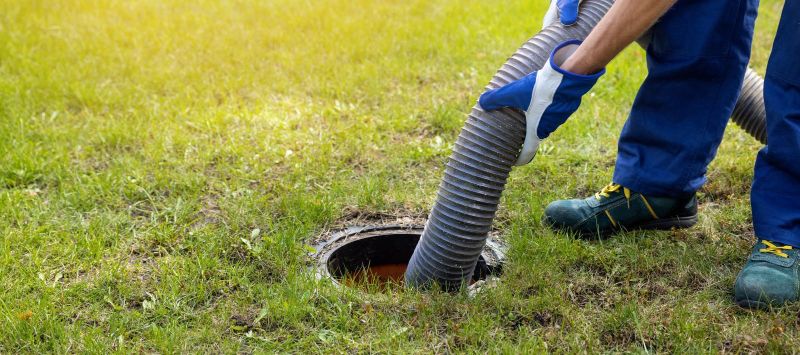Sewage damage can be a nightmare for homeowners, causing significant property damage and posing serious health risks. When sewage backs up into your home, it brings with it a host of bacteria, viruses, and other contaminants that can contaminate your living space. This article aims to provide homeowners with essential information on protecting their homes and health in the event of sewage damage. By understanding the causes, effects, and preventive measures, you can mitigate the risks associated with sewage damage.
Causes and Effects of Sewage Damage
Sewage damage can occur due to various reasons, including clogged sewer lines, sewer system backups, or septic tank failures. Heavy rainfall or flooding can also overwhelm the sewage system, leading to sewage backup. When sewage enters your home, it can cause extensive damage to floors, walls, furniture, and personal belongings. The effects of sewage damage are not limited to structural damage but can also have severe health consequences.
Health Risks Associated with Sewage Damage
Sewage water contains harmful pathogens such as bacteria, viruses, and parasites that can pose significant health risks to individuals exposed to it. Some common diseases that can result from contact with sewage-contaminated water include:
Gastrointestinal Infections: Pathogens like E. coli, Salmonella, and norovirus can cause severe gastrointestinal infections, leading to symptoms such as nausea, vomiting, diarrhea, and stomach cramps.
Hepatitis A: This viral infection affects the liver and can result in jaundice, fatigue, and abdominal pain. Hepatitis A can spread through contaminated sewage water.
Tetanus: Exposure to sewage-contaminated water can increase the risk of tetanus infection. Tetanus is a bacterial infection that affects the nervous system and can cause muscle stiffness, spasms, and breathing difficulties.
Skin Infections: Contact with sewage water can lead to skin infections, including dermatitis, rashes, and cellulitis. Open wounds or cuts exposed to sewage water are particularly vulnerable to infection.
Preventive Measures for Sewage Damage
Regular Maintenance: Regularly inspect and maintain your plumbing system, including sewer lines and septic tanks. Promptly address any issues such as clogs or leaks to prevent sewage backup.
Backflow Prevention: Install backflow prevention devices, such as backwater valves or check valves, to prevent sewage from flowing back into your home during heavy rainfall or sewer system backups.
Proper Disposal: Never flush items like diapers, sanitary products, grease, or cooking oils down the toilet or drains. These can cause clogs and contribute to sewage backups.
Proper Landscaping: Ensure proper grading and landscaping around your home to prevent rainwater from pooling near your foundation or septic system. This helps prevent water infiltration into the sewage system.
Flood Prevention: Take measures to prevent flooding in your basement or lower levels. Install sump pumps, use waterproof coatings on walls, and elevate appliances to minimize the risk of water damage.
Actions to Take in Case of Sewage Damage
In the unfortunate event of sewage damage in your home, it's essential to take immediate action to protect your health and mitigate further damage:
Safety First: Avoid direct contact with sewage-contaminated water. Wear protective gear such as gloves, goggles, and boots when cleaning up the affected areas.
Ventilation: Open windows and use fans to improve ventilation and aid in drying out the affected areas. However, be cautious if there is a risk of cross-contamination with outdoor air.
Professional Assistance: Contact a professional water damage restoration company specializing in sewage cleanup. They have the expertise, equipment, and protective gear to handle the cleanup safely and effectively.
Disinfection and Cleaning: Thoroughly clean and disinfect all affected surfaces, including floors, walls, furniture, and personal belongings. Use appropriate disinfectants recommended for sewage cleanup.
Document the Damage: Take photographs or videos of the sewage damage for insurance purposes. Keep records of any repairs or replacements made, as these may be necessary when filing an insurance claim.
Sewage damage can have devastating consequences for your home and pose significant health risks. By understanding the causes, effects, and preventive measures, you can minimize the chances of sewage backup and protect your home and health. Regular maintenance, proper disposal practices, and quick action in case of sewage damage are essential to safeguard your property and well-being. Remember, professional assistance should be sought for sewage cleanup to ensure thorough and safe restoration of your home

